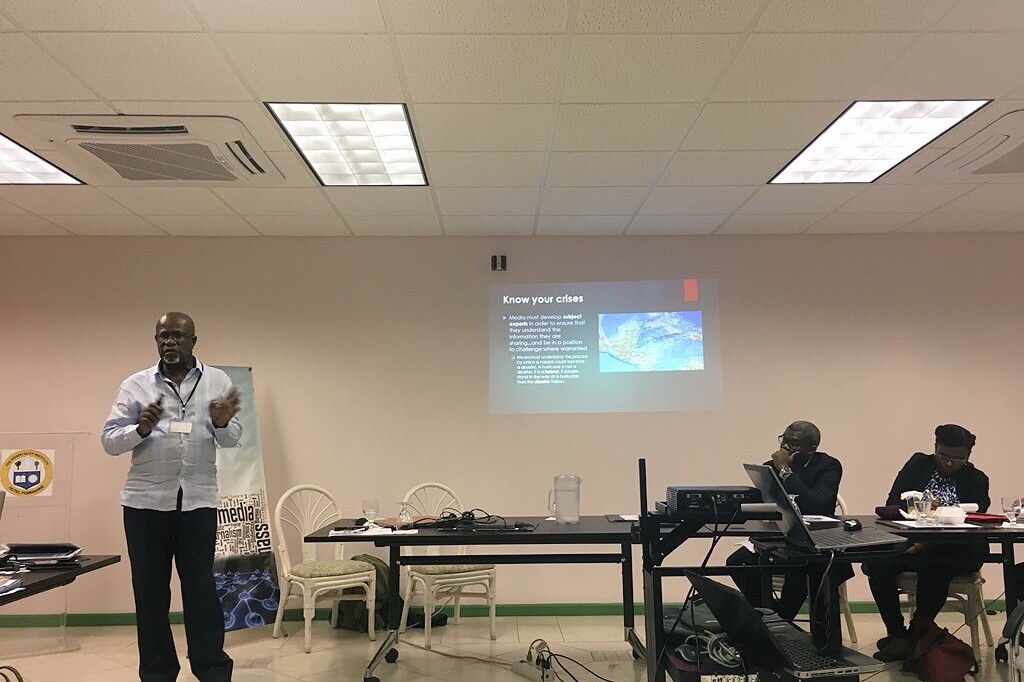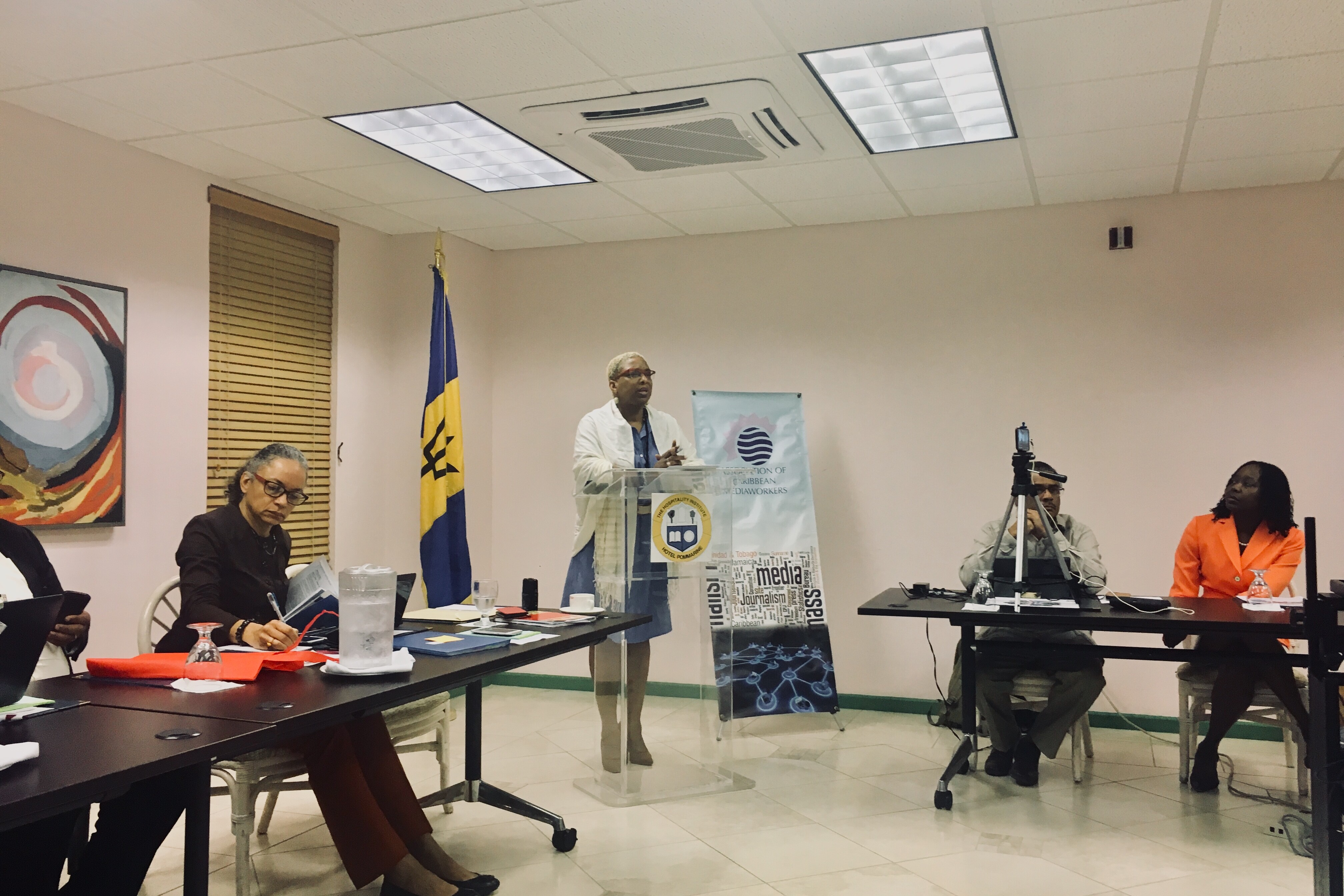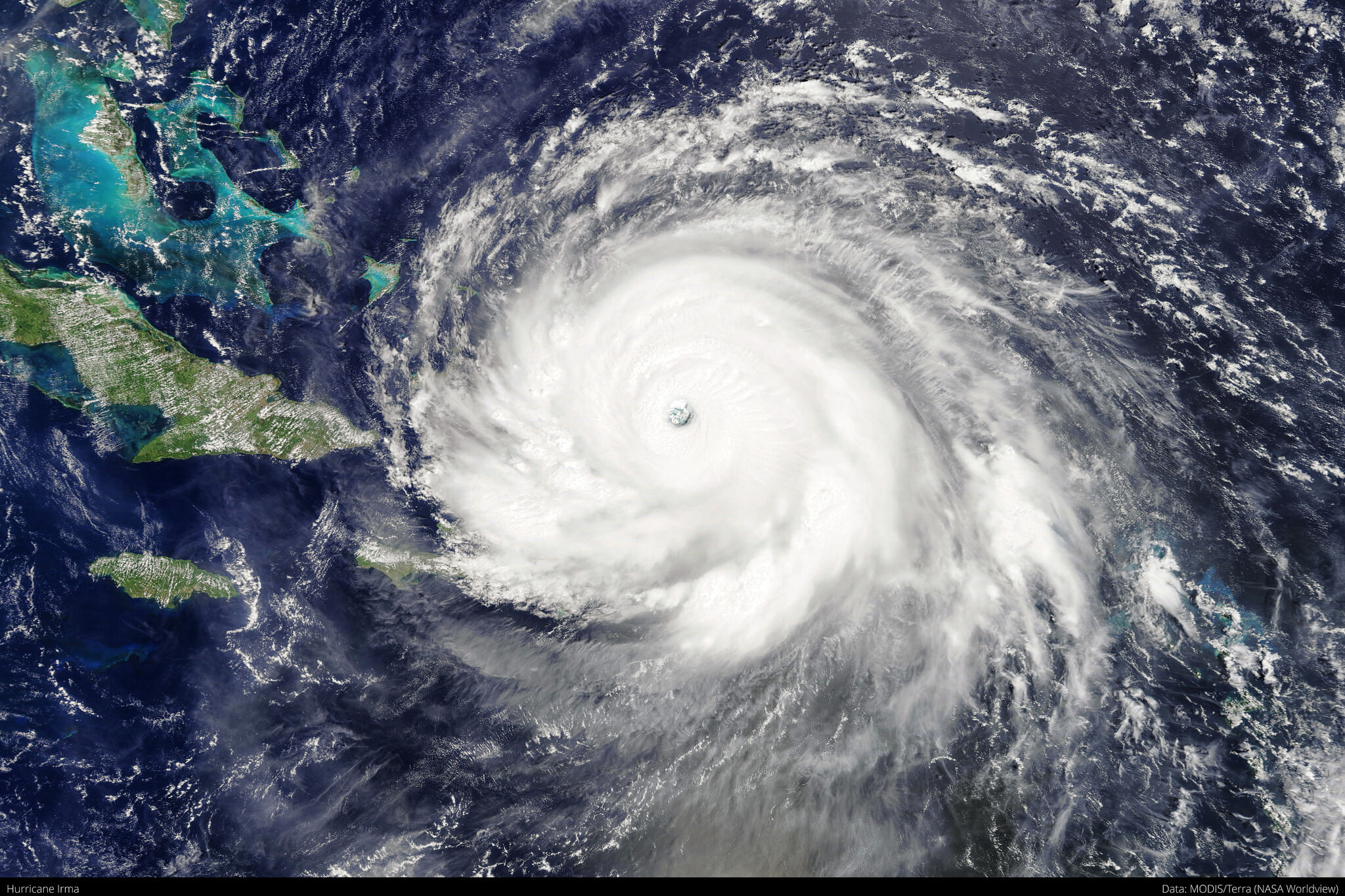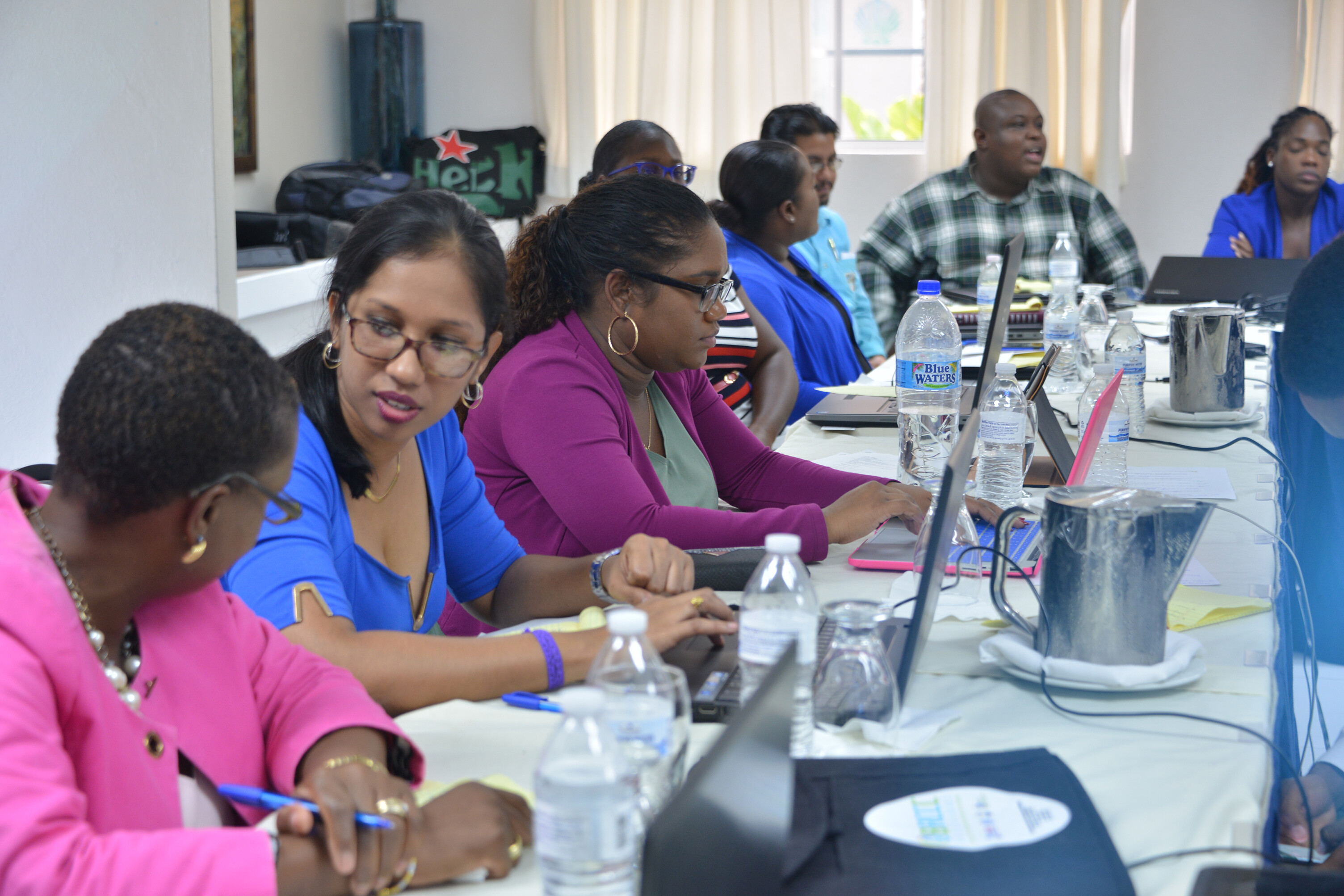Climate change is one of the most important issues of our time. However, much media attention reverts to other stories, relegating environmental news to sporadic and disjointed corners of their coverage.
But with natural hazards and extreme weather events on the rise – and their undeniable impact on society – the need for effective and comprehensive coverage on climate change has never been so urgent. A key role of news media, after all, is to provide accurate and timely information of public interest. But what are the main challenges faced by journalists when it comes to reporting on disasters and climate change, and how can coverage be improved?
To find out more, the Public Media Alliance (PMA) attended the Disasters Reporting Symposium organised by the Association of Caribbean Media Workers (ACM). The Caribbean is a hurricane prone region and was severely hit by category 5 hurricanes Irma and Maria last year. Together with other island regions, the Caribbean bears witness to some of the most immediate impacts of climate change, from sea level rise and erosion to the loss of its precious biodiversity.
The symposium gathered journalists and media professionals from the region together with experts from Latin America, the FAO, Caribbean Disaster and Emergency Management Agency (CDEMA) and the Caribbean Community Climate Change Centre (CCCCC), to discuss the challenges they face and seek new solutions.
Prepare, prepare, prepare
The meeting highlighted the crucial role played by preparedness, which is key for effective disasters’ response. There is currently no written manual or protocol for media organisations in the region to effectively prepare and respond to emergencies, so participants agreed that it’s crucial for media outlets to have an emergency protocol in place that is frequently updated and known to all staff.
It’s also essential that media and emergency services collaborate with one another. In the Caribbean, media organisations are not involved in disaster preparedness meetings or in the response planning process with emergency services and organisations – and that has to change to allow for a better flow of information and to empower citizen preparedness. According to CDEMA, there should be a “symbiotic” relationship between media and disaster management organisations, where both parties can see each other as partners.
Following up and language
But it’s also equally important how media reports on disasters and emergencies, as language can be a catalyst for response. Disasters have a deep ripple effect in all aspects of society, including national response and identity as a community. Slipping into the “victim” mentality can be easy and it’s often exacerbated by paternalistic disaster coverage, as argued by participants. However, the impact of disasters can be significantly reduced by knowledge development and by sharing the right information, at the right time, giving people better tools to respond to risks.
Participants urged fellow colleagues to avoid sensationalism and dialogue that could feed the panic, instead encouraging more constructive content on all platforms. At NHK, the public broadcaster in Japan, for example, words like “massive” and “severe” don’t make it to the final broadcast, and the broadcaster is regarded as one of the leaders in effective disaster coverage worldwide.
Follow up stories are also a way to build on that dialogue and reflect on lessons learned. Marion Warnica, for example, a journalists from the Canadian Broadcasting Corporation (CBC), reported live but then also reflected upon the events and stories from the Fort McMurray fires that hit Canada in 2016 through her 360 degrees coverage, Battling the Beast, and her roundup of tweets. Both disasters and climate change stories are often quickly forgotten, so there is an increased need for them to be an integral part of disasters risk management and give them a context.

Caribbean journalist Julian Rogers says media need to know their crises, and have subject experts to make sure they understand the information they are sharing.
Challenges and opportunities
With the intensification of extreme weather events, there are many challenges that media houses and journalists will have to face.
Journalists at the symposium highlighted the need for more training to become subject experts to ensure they truly understand the information they are sharing. Professionals in the region feel there are not enough quality candidates or training opportunities, making it very difficult for media houses to deliver what they are asked or expected to do.
Training, lack of communications with the emergency sectors and factors such as lack of insurance, equipment and infrastructures make the work for journalists in the Caribbean even harder during crises and disasters.
Yet the need to cover the subject can also be an opportunity to expand on multiplatform and multimedia coverage, and create a space where citizens cannot only get informed about what is happening, but also have a collective space to mourn and find solutions. Online tools and citizens contributions platforms like PeoPo in Taiwan, which played a key role in the Tainan earthquake, as well as more audio-visual material, including documentaries and TV series could be ways of informing and raising awareness among citizens in more engaging and participatory ways.
Climate change
But what role should climate change play in disasters coverage? The connection might not always be straightforward, but scientific evidence points out that extreme weather events are one the rise and exacerbated by climate change.
However, climate change shouldn’t just be the sidestory of disasters reporting. At the ACM symposium, the PMA together with Steve Maximay, scientist and now consultant for the FAO, stressed the importance of communicating climate change effectively, not only in times of disasters and emergencies, but in day-to-day coverage.
Climate change is first and foremost a human story, and as such it should be communicated effectively by journalists and media organisations alike. The Caribbean region, together with other island states, have a real opportunity to lead on effective and consistent climate change journalism, as they witness the impact themselves and can thus provide first hand accounts and stories on the issue.
Television producer and presenter Jewel Forde addresses participants at the symposium.

A different outlook
These stories should not only include the human element, but also inform a narrative that is not simply “doom and gloom”. Attendees discussed the importance of focusing on adaptation stories and the ways communities respond to climate change. While it’s important to report data, science, facts and predictions for upcoming years, it’s equally important to provide people with options and solutions.
The event and the discussions highlighted the many issues media professionals face when reporting on disasters and climate change. The links between governments, emergency services and media still remain problematic, not only in the Caribbean but in many other areas worldwide, and factors such as lack of insurance, equipment and infrastructures make role of journalists in the Caribbean even harder to fulfil.
However, everyone agreed that media needs to be an integral part of disaster reporting, now more than ever. The opportunities are many and media cannot only be a lifeline, but a trusted voice to tell a different story.
A new board for ACM
The symposium was also a chance to pass the torch to the new president of the ACM and re elect its board. Antiguan journalist Anika Kentish took over from Wesley Gibbins as the new president of the association. Here you can find the latest appointments.
Related Posts
5th January 2018
Broadcasters, hurricanes and recovery in the Caribbean
Public media plays a key role in…
5th December 2017
Social Media Guidelines for Caribbean Journalists & Media Practitioners
The Public Media Alliance, in…
2nd August 2016
Asia-pacific journalists say climate change needs better reporting
Following the recent global journalism…
8th March 2016
Citizen journalism, public media & crisis reporting in Taiwan
In Taiwan Public Television Service's…

